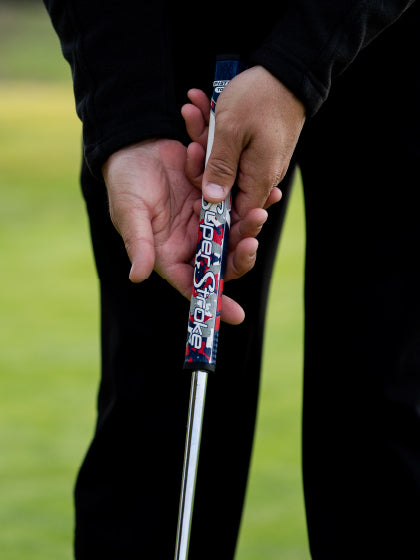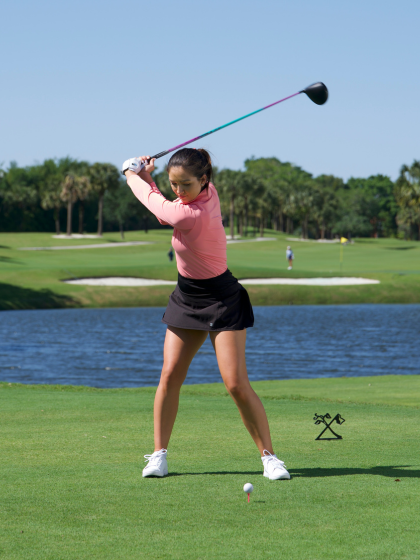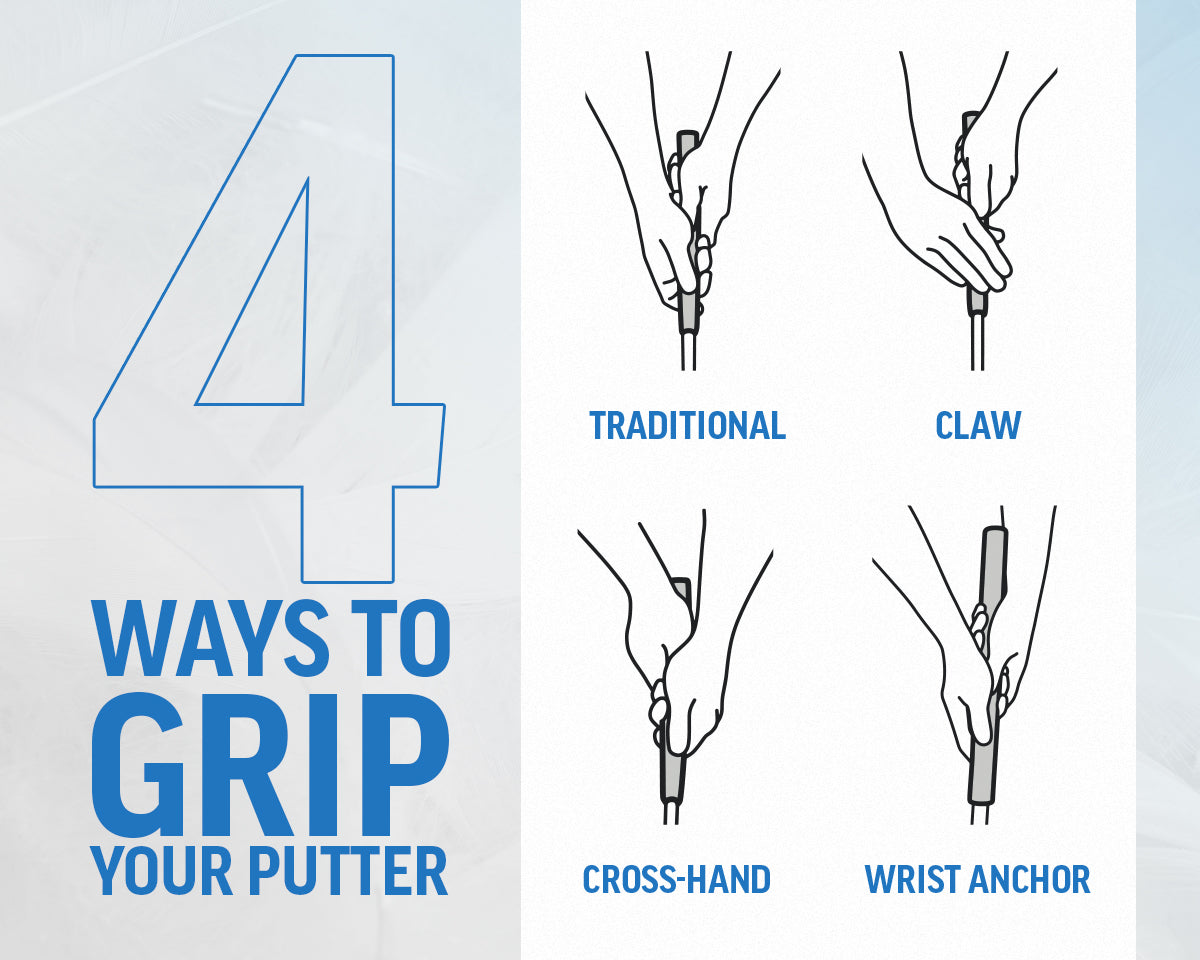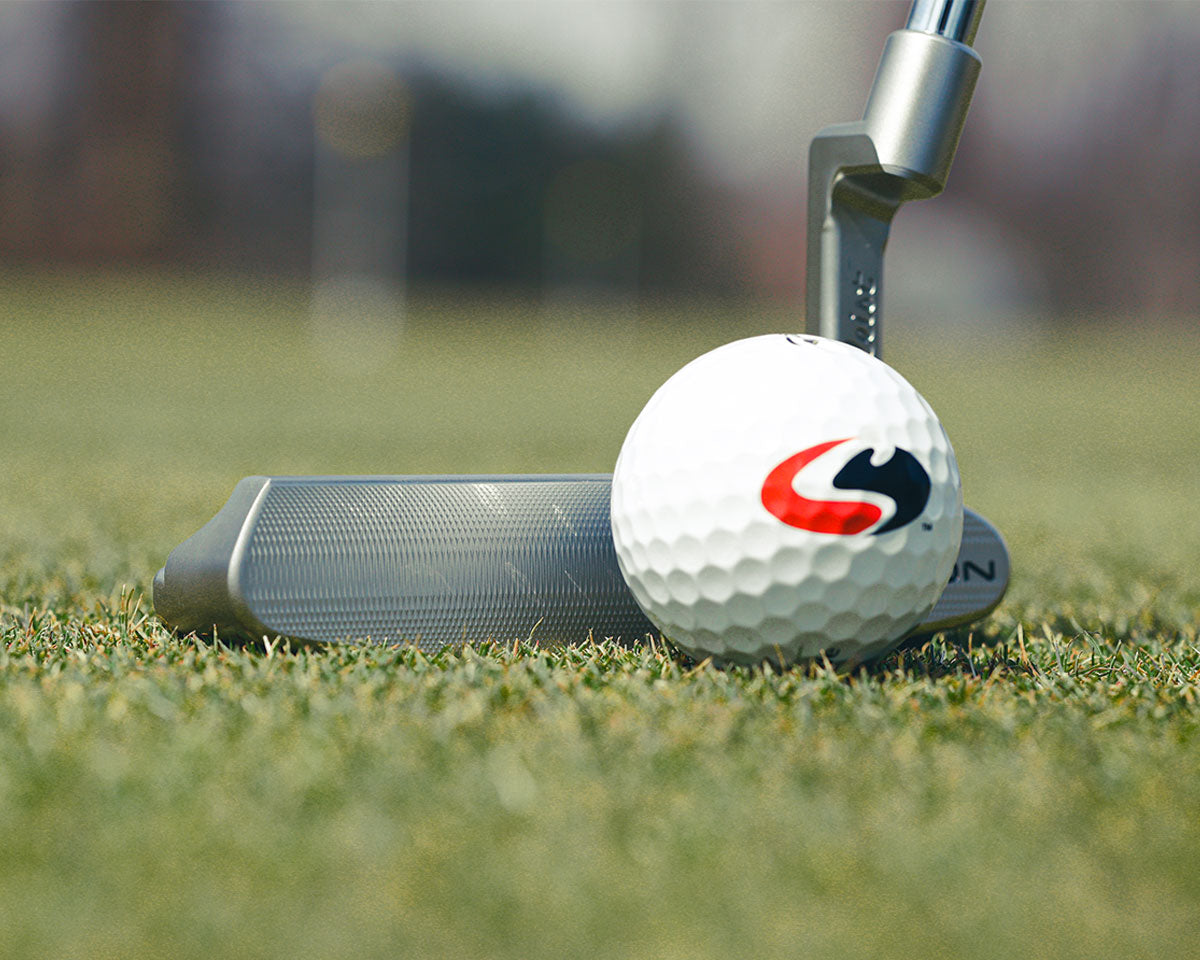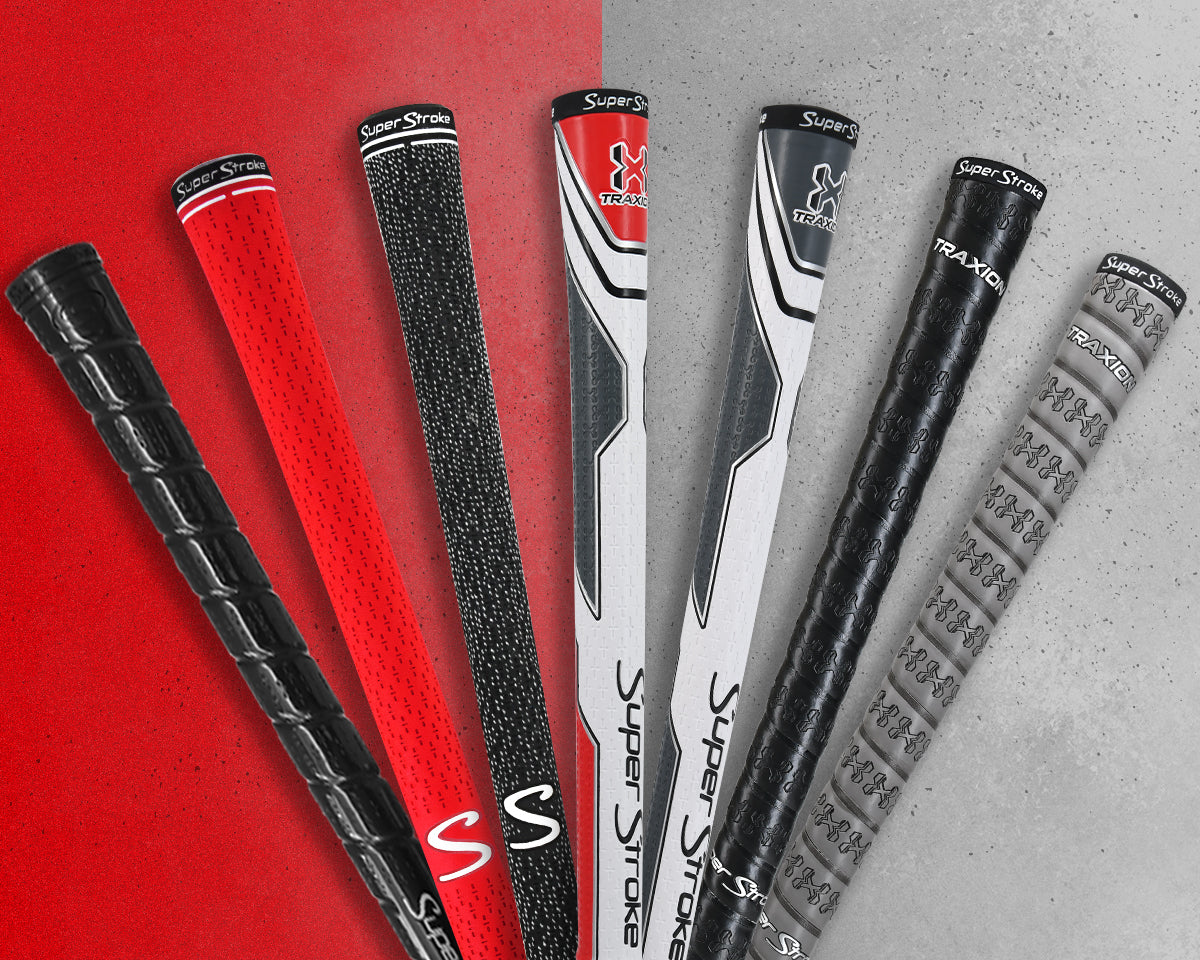You practice your alignment, obsess over your golf ball position and even check your posture in the mirror. Then you practice alignment drills. But if you overlook your putting grip, none of those things matter very much.
The grip is, quite simply, the most important fundamental in putting. There are several different ways to hold a putter; like most things in golf, there’s no single grip style that’s right for everybody.
Some golfers find success with multiple grip types, switching from one to another (and sometimes another) to break out of a slump or give their putting a little boost.
Differences aside, every putting grip style has a basic goal: to promote an efficient putting stroke by keeping the hands and wrists as quiet as possible. That’s the key to creating a repeatable motion and consistent results.
Which putting grip style is right for you? The only way to know for sure is to experiment with different types. If you’re looking for the best putter grip or just want to learn how to grip a putter, you’ve come to the right place.
Let’s take a look at some of the most popular putting grip styles and learn which SuperStroke putting grips work best with each.
(Note: All descriptions are for right-handed putters. Left-handed golfers can simply reverse the order of the hands to copy the style described.)
1. Conventional Putting Grip
The most common golf putting grip among amateurs and pros, the conventional style simply has the right hand below the left.
While a few golfers grip the putter the same as their regular clubs, with the right pinky finger interlocking or overlapping the index and middle fingers of the left hand, most employ a “reverse overlap.” That is, the left index finger is placed across the adjacent fingers on the right hand.

Benefits of the Conventional Putting Grip
Think of this as the “if it ain’t broke, don’t fix it” putting grip. It’s the one golfers typically start with and, assuming it works fairly well, stick with.
Since it mirrors the grip for regular clubs, the conventional grip feels the most natural and comfortable of all putter grip styles. Golfers with arc-style strokes like how the conventional grip lets them “release” the putter through impact with the blade squaring up before closing after contact.
Who Should Try the Conventional Putting Grip
Beginners usually learn this putter grip first. If you’re currently struggling with a different grip, like the left-hand-low, a switch to the conventional style could free up your hands and arms to get you stroking the golf ball more solidly.
Works best with:2. Left-Hand-Low Putting Grip (aka Lead-Hand-Low, Cross-Handed)
This style simply reverses the conventional putting grip, with the left hand below the right. Among today’s PGA Tour pros, SuperStroke ambassador Jordan Spieth is probably the best known cross-handed putter.

Benefits of the Left-Hand-Low Putting Grip
Golfers looking to deactivate their hands often turn to the left-hand-low grip. Placing the left hand below the right effectively kills any chance of the left wrist breaking down, or of the right hand taking over. It may feel awkward at first, but left-hand-low requires a shorter adjustment period than more radical putting styles.
This style is particularly effective at combating the dreaded “yips.” If you’re looking for the best putter grip for left hand low, SuperStroke has you covered.
Who Should Try the Left-Hand-Low Putting Grip
If you’ve only used the conventional style and find yourself struggling, try the left-hand-low grip before anything else. That’s especially true if you have a hard time with distance control or shorter putts.
Works best with: SuperStroke Flatso Putter Grip
3. The Claw Putting Grip (aka Saw Putting Grip)
This putting grip style raised a lot of eyebrows when Chris DiMarco first used it on the PGA Tour in the late 1990s. Pretty soon, though, a bevy of pros, including , employed the claw grip – and it remains popular today.
While there are several variations of the claw, the basics are: left hand in the conventional top position, with the right hand holding the handle between the thumb and forefinger as the palm faces your waist.
Benefits of the Claw Putting Grip
The claw all but handcuffs the right hand and wrist. Indeed, the right hand is essentially along for the ride as the left hand, arms and shoulders guide the putter down the path.
Who Should Try the Claw Putting Grip
Anyone who’s not afraid of what their golf buddies might think. (In fairness, the claw is so commonplace now, your pals will barely notice.) This is another good yip cure, although it can take trial and error to find just the right place for your bottom hand.
Works best with: SuperStroke Claw Putter Grip
4. WristLock Putting Grip
Another putting grip style with a few variations, the WristLock has gained popularity over the years. Bernhard Langer was among the first to use it, and the WristLock grip certainly extended his career. This putter grip is similar to the arm lock putting grip style, but not quite as dramatic.
The most common method is to place the left hand near the bottom of the putter grip, with the left forearm pressed against the club’s handle by the right hand.

Benefits of the WristLock Putting Grip
Even more than the claw, the WristLock style eliminates the right hand’s influence. The left hand, too, is practically deactivated. In short, the wrist lock putter grip forces you to use the arms and shoulders and make a steady, pendulum-type stroke.
Who Should Try the WristLock Putting Grip
Golfers whose hands tend to tense up might find relief in the wrist lock putting style. And if you’ve tried everything to get those meddlesome wrists out of your stroke, but still find them causing problems, this one may just do the trick.
Works best with: SuperStroke WristLock Putter Grip
If you’ve been looking to up the ante on your putting skills, it might be time to practice a different hand position to find the best putting grip for your game. Next time you’re on the putting green, take some time to try out different putting grips to see what feels right.
And if you’re wondering what the best putting grip for SuperStroke is, now you know – there’s a SuperStroke putter grip for every putting grip style out there!

